
Meeting the next generation of scientists: the European Union Contest for Young Scientists
February 20, 2013 | Issue 26As young scientists from across Europe gathered in Bratislava to exhibit their projects, find out what impressed the jury most.


As young scientists from across Europe gathered in Bratislava to exhibit their projects, find out what impressed the jury most.
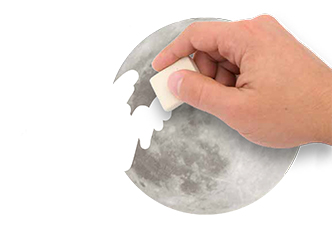
Soaring temperatures, a flooded landscape, violent winds…. What would our planet be like without the Moon?

Measuring the temperature inside a fusion reactor is no easy task. Find out how it’s done – and even simulate it in the classroom.

Spinal cord injury typically causes permanent paralysis and is currently a condition without a cure. Could stem cell therapy provide hope?
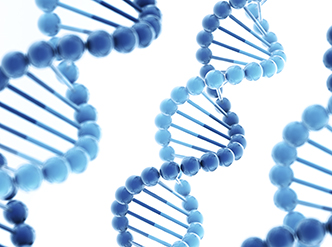
What does the majority of our DNA do? Hundreds of scientists have spent years examining these ‘junk’ sequences, which may hold the key to serious diseases – and much more.
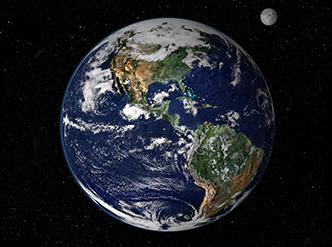
Studying the chemical composition of some of the planet’s oldest rocks has revolutionised our understanding of how our continents formed.

Civil engineer John Burland talks about the perils and practicalities of supporting some of the world’s most iconic buildings.

Science in School is published by EIROforum, a collaboration between eight of Europe’s largest inter-governmental scientific research organisations (EIROs). This article reviews some of the latest news from EIROs.
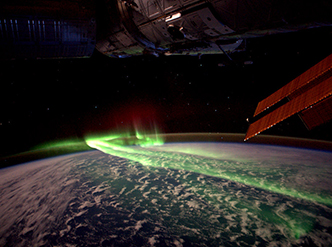
The aurorae are one of the wonders of the natural world. Using some simple apparatus, they and related phenomena can easily be reproduced in the classroom.

Around 1.5 billion people worldwide are overweight or obese. Are we just eating too much or can we blame our genes? Here’s how to investigate the genetics of obesity in the classroom.
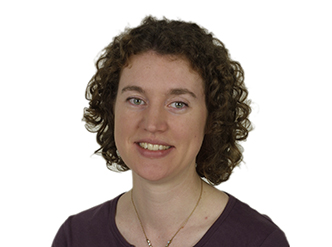
As I write this editorial, the bare tree branches outside my office are outlined in snow and the ground is dangerously icy. However, by the time this issue of Science in School has been copy edited, laid out, proofread, printed and distributed, those bare branches will be sprouting young…